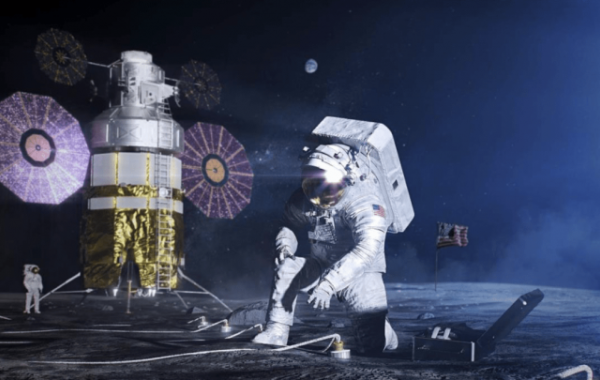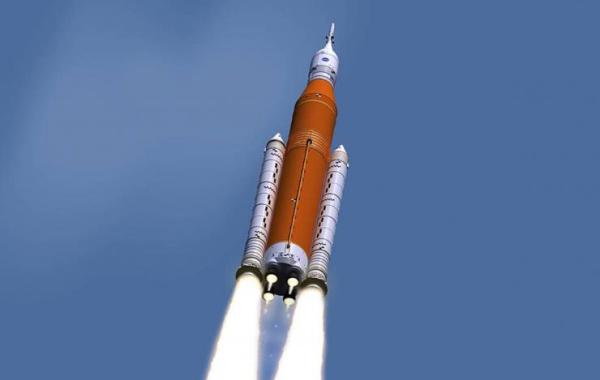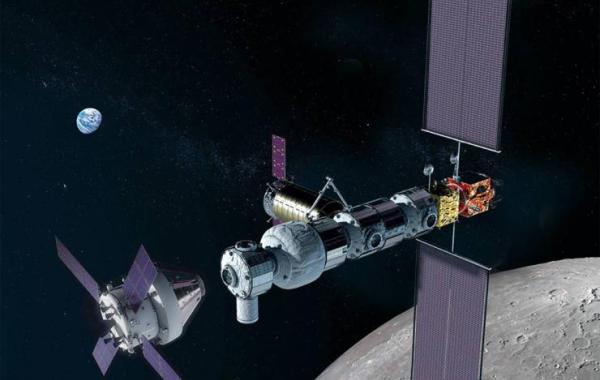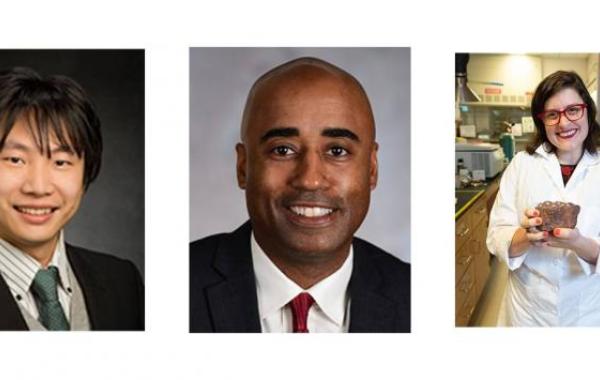The Future of Space Exploration

Most engineers and scientists agree that this an extremely exciting and busy time to be working in the space industry. Several new things are happening above the Earth’s atmosphere. Tourists can now pay private companies for a short trip to space, private industry is developing spacecraft for NASA missions, and a robotic helicopter is currently exploring Mars.
NASA and private companies also have their sights set on the moon. NASA’s Artemis program has a goal of landing humans on the moon in 2025 to begin building a base camp. This long-term human presence on the lunar surface will help NASA prepare for human space exploration missions of greater distance and duration, including an eventual crewed flight to Mars.
Academic research institutions are also playing a role in lunar exploration. Georgia Tech students and faculty are building Lunar Flashlight, a small satellite that will orbit the moon and search for lunar ice. The joint effort in the Daniel Guggenheim School of Aerospace Engineering (AE School) and the Georgia Tech Research Institute is expected to launch in 2022.
AE School assistant professor Koki Ho works on the development of mathematical theories and their application to space mission analysis, design, and optimization.
“One of the big questions currently being investigated is how humans may be able to use resources from the moon in future missions,” said Ho. “For instance, can lunar ice be converted to drinking water or to make rocket fuel? If so, new processes such as these will play a role in the design of future space missions and spacecraft. They would allow humans to pick up resources from the moon on the way to Mars.”
In addition to utilizing lunar resources, there are other challenges to overcome if people will someday have extended stays on the moon. For more than 20 years, NASA has had a safe, continuous human presence 240 miles above Earth on the International Space Station. The moon, however, is 244,000 miles away from the planet. If an emergency occurred on the moon and astronauts needed to abort a mission, it would take them at least 3 days to return home, as compared to the few hours it currently takes to travel between the ISS and Earth.
“The role of autonomy is going to be really important, and the spacecraft and life support systems will have to manage themselves at a greater level than what we have now,” said former NASA astronaut Sandy Magnus, a professor of the practice at Georgia Tech. “Currently an army of folks in mission control on Earth track a host of system functions. But if you can build good autonomous systems, they will track themselves.”
Magnus explains that these challenges and new technologies facing NASA will require multidisciplinary expertise.
“It’s not just you have an avionics problem, or a thermal problem, or a materials problem,” said Magnus, who received her Ph.D. from Georgia Tech’s School of Materials Science and Engineering in 1996. “It’s normally much more complex than that. Therefore, I think one of the strengths that Georgia Tech brings to the whole enterprise is the fact that its campus has a lot of cross-disciplinary and multidisciplinary research.”
Ho agrees, noting that the collaborative nature on campus that brings together a multitude of expertise areas creates expanded opportunities for faculty and student collaboration.
“This is what makes Georgia Tech unique,” said Ho. “This is the most collaborative environment that I’ve been a part of in my research career. And with this collaboration, a team of research labs can develop something more ambitious than what one professor can achieve.”
Once they graduate, many aerospace students find their first jobs at NASA, SpaceX, or companies contracted to build spacecraft, such as Lockheed Martin and Northrop Grumman.
Professor Stephen Ruffin, associate chair for undergraduate programs in the AE School, says the School’s academic program prepares students well. Another key part of their success is what the students do outside of the traditional classroom in Georgia Tech’s makerspaces.
“Many of our students are involved in design-build-fly activities such as design competitions where they analyze and build various aerospace systems, then compete against teams at other universities,” said Ruffin. “Our students are graduating with an understanding of the science associated with these technologies, while also getting a real hands-on understanding of how you actually manufacture these systems and how you ensure robustness in these systems.”
As engineers develop and test new strategies that could bring Americans back to the moon and beyond, researchers in Georgia Tech’s College of Sciences are wondering about potential life elsewhere in the solar system.
“Discovering life beyond Earth would fundamentally change humanity’s perspective on our place in the universe,” said School of Earth and Atmospheric Sciences associate professor Jennifer Glass. “Integrating astrobiology – the search of life in the universe – into space missions in order to know if and when we detect life on other planetary bodies, including exoplanets, is an exciting challenge currently underway.”
Ruffin adds that continuing to push the boundaries beyond Earth will spur new technologies and industries that will benefit society, while helping the U.S. maintain its lead in the space arena.
“Going to the moon and Mars will allow for amazing science to be conducted,” said Ruffin. “We’ll be able to learn more about the history of our solar system, understand what’s happening to our planets, and create a better world for us here on Earth.”




